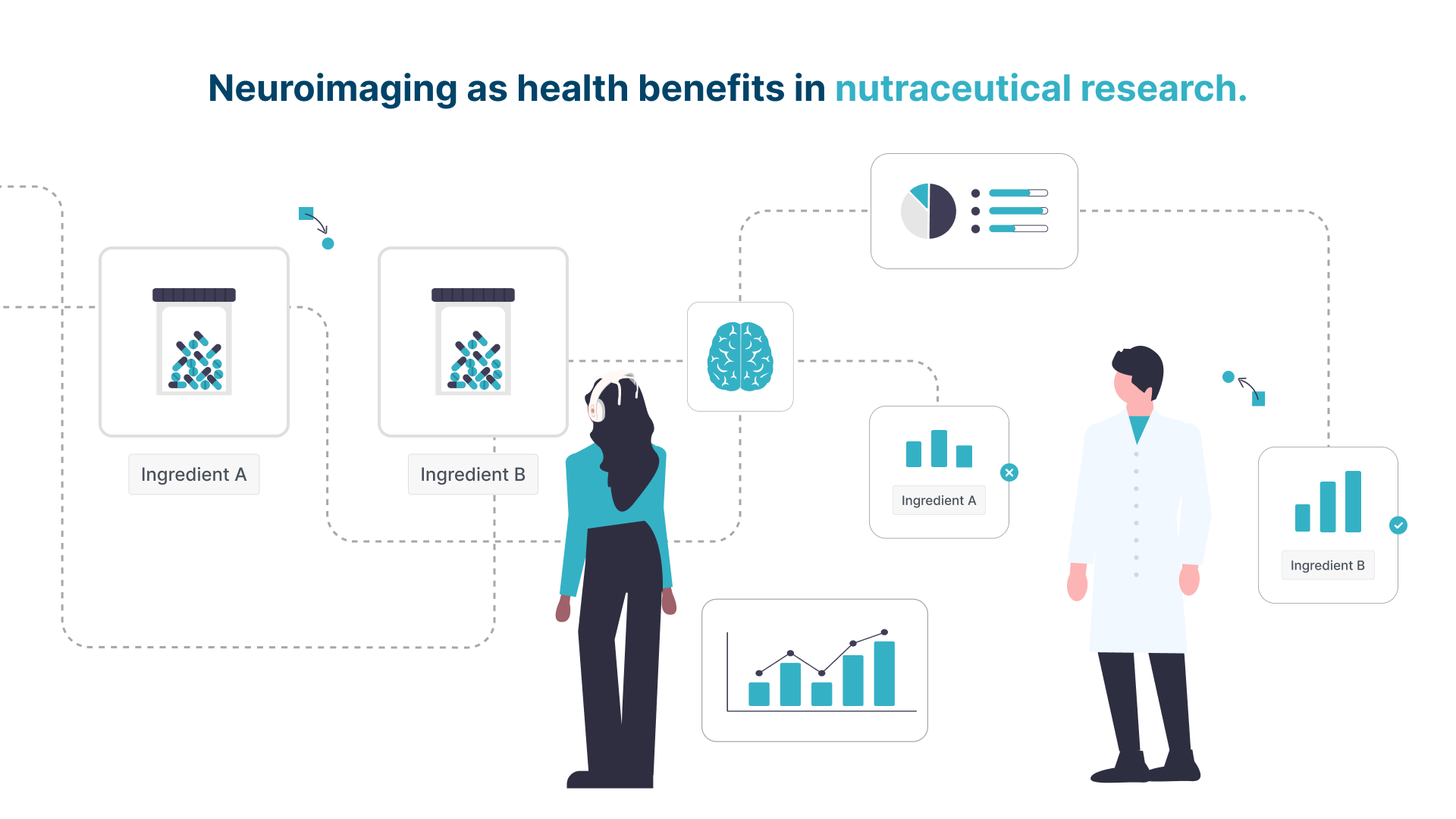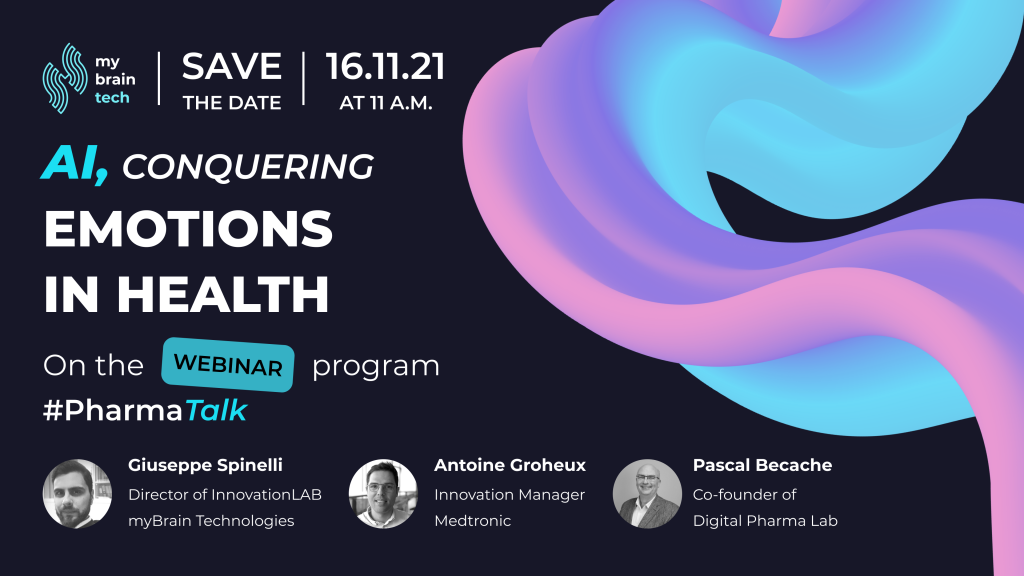
NeuroCosmetics in skincare.
The modern cosmetology industry is currently investing in « out of the lab » neuroscience research to improve the interactions between the skin and the nervous system. With the latest advances in neurotechnology and from consumers’ cerebral signals, it is now possible to measure individuals’ emotions evoked by the application of a cosmetic product to assess its beneficial effects on overwall well-being, to analyze its attractiveness, or to precisely determine the lived brand experience.
The virtuous symbiosis between modern brain imaging techniques – such as electroencephalography (EEG) – and artificial intelligence algorithms is a great progress in understanding emotions. Today, this association allows to debias the inherently chaotic quantification of emotions through self-reported questionnaires by looking directly into consumers’ brain.
In fact, cutting edge “neuro-IA” technologies can detect the physiological impact of a product using real-time consumers’ emotional data collected from the brain, in order to deploy a plethora of quantitative information to be used at both the conception and application stage of one product journey.
New ambition for the cosmetic industry.
Nowadays, consumers are looking for « technological » skincare products. That’s why many cosmetic companies propose « emotional cosmetics ». These are products that are formulated in association with neurocosmetics and in which we find the presence of particular active ingredients. They express their activity on the cutaneous nervous system by affecting the skin’s neuromediators through different mechanisms of action. For example, cosmetic products described as euphoric or antidepressant are not uncommon.
The application of a skincare product is a holistic experience involving all of our senses, from our sensorimotor system to olfactory. The study by Lombardi & al. (2017)[1] showed that three lip balms, containing the same ingredients but having different textures, have different impacts on the well-being perceived by the consumer. In fact, the type of texture directly influences the perceived performance of the product itself. The individual-level exploration of the emotional reactions of consumers can pave the way to conceive an absolutely optimized product for a given population.
Moreover, recently deployed neurotechnologies allow for the assessment of the beneficial effect of cosmetics on individuals’ well-being. Recent work by Sgoifo & al. (2020)[2] reports how a cosmetic routine improves resistance to stress, quantified by lasting physiological effects on consumers’ brain upon application of the cosmetics products.
Skin and Brain: How does it work ?
The skin is a remarkable and intricate organ. It acts as our interface with the outside world and provides information that allows us to analyze, explore and monitor our relationship with external factors. The skin can be seen as a seismograph that reproduces the psychological state of a subject. In order to understand how it represents an extension of the central nervous system or brain, we can observe how many skin manifestations result from psychological discomfort.
Neuroscientists have observed that the application of different textures to the skin causes highly selective activity in the secondary somatosensory cortex (Ramachandran & Brang, 2008)[3], which is known to provide input to the insula (Robinson & Burton, 1980)[4]. The latter is associated with basic emotions (e.g. anger, fear, disgust, joy, sadness). Its effects are projected to the left and right prefrontal areas of the brain, whose activity can be measured by EEG and analyzed to detect the corresponding emotion.
Brain waves analysis then draws up an emotional valence map that can be measured in real-time during the application of any cosmetic product. Although already used in fields such as movie watching (Aftanas & al., 1998)[5] or music listening (Altenmüller & al., 2002)[6], the ability of EEG to detect valence differences remains a new practice in the cosmetic industry.
EEG: A revolution for the cosmetics industry.
In a recent crossover study, Gabriel & al. (2021)[7] compared the emotions induces in fifteen participants during the application of two cosmetic products of the same consistency but of unknown composition. Their electrophysiological evaluation was carried out thanks to an EEG recording the brain activity of the participants at the time of the application of the products.
The data provides a map of real-time representation of the emotional state of the participants to the experimenter. The fast and easy positioning of the electrodes and the Bluetooth wireless data transmission open new perspectives for the study of brain activity in natural or ecological environments.
This study showed that the most preferred cosmetic product by the participants was the one that induced emotions with the most positive valence. In order to facilitate the reading of their results, Gabriel & al. imagined a visual representation of the emotions felt by the participants. In a white sphere, particles moved according to emotions’ valence (i.e. to the right is positive, to the left if negative) and arousal (i.e. up if strong, down if weak).
The measurement of the brain activity of a participant, represented in the figure below, indicates that she felt more positive emotions of weak and strong arousal during the application of the second cosmetic product, compared to the application of the first product where she felt strong negative emotions. This fact was confirmed by measuring the brain activity of the other participants.

Finally, the results obtained using the dimensional valence-excitation model of emotions further validate the notion that cosmetic applications has effects on the brain. The study highlights that EEG can be successfully used to assess the emotions induced by the application of a cosmetic product in real-time. Thus, EEG is a useful complement to other methods of examining emotions (e.g. observations, surveys, focus group).
Since emotions are very complex phenomena with multiple manifestations, access to objective measurements of positive and negative valence, is a revolution for the cosmetic industry. Especially because the emotional component of such products has a significant impact on consumer satisfaction (Apaolaza-Ibañez & al., 2011)[8].
In conclusion.
Today, neurotechnologies allow scientists to provide a detailed description of the emotional properties of cosmetics when applied to the skin. This type of stimulus allows us to observe, through EEG, physiological changes from the autonomic nervous system in the electrical activity at the surface of our skull. These signals tell a profound story about how we feel in response to a cosmetic product. The data obtained with the latest EEG monitoring tools allow for real-time tracking of emotional valence during application of a product in a natural environment. The analysis of brain waves, therefore, draws a map of emotional valence that is definitely worth exploring to help industries conceive performant products and maximize consumer well-being.
Studying the relationship between brain activity and cosmetics is a first step towards breaking down the existing barrier between beauty and health. Cosmetic brands already on the market are putting a lot of effort into researching the beneficial properties of their products and to further explore the effects of cosmetic applications on the brain.
References.
[1] Lombardi, S.A., & Ratti, A. (2017). Emotional effects induced by lip balms containing different emollients: Neuroscientific approach to studying the tactual experience. Househ. Pers. Care Today, 12, 42–47.
[2] Sgoifo, A., Carnevali, L., Pattini, E., Carandina, A., Tanzi, G., Del Canale, C., Goi, P., De Felici del Giudice, M.B., De Carne, B., Fornari, M., & al. (2020). Psychobiological evidence of the stress resilience fostering properties of a cosmetic routine. Stress, 24, 53–63
[3] Ramachandran, V.S., & Brang, D., (2008). Tactile-emotion synesthesia. Neurocase, 14, 390–399.
[4] Robinson, C.J., & Burton, H., (1980). Organization of somatosensory receptive fields in cortical areas 7b, retroinsula, postauditory and granular insula of M. fascicularis. J. Comp. Neurol., 192, 69–92.
[5] Aftanas, L.I., Lotova, N.V., Koshkarov, V.I., & Popov, S.A., (1998). Non-linear dynamical coupling between different brain areas during evoked emotions: An EEG investigation. Biol. Psychol., 48, 121–138.
[6] Altenmüller, E., Schürmann, K., Lim, V.K., & Parlitz, D. (2002). Hits to the left, flops to the right: Different emotions during listening to music are reflected in cortical lateralisation patterns. Neuropsychologia, 40, 2242–2256.
[7] Gabriel & al. (2021) – Gabriel,D., Merat,E., Jeudy, A., Cambos, S., Chabin, T., Giustiniani, J., & Haffen, E. (2021). Emotional Effects Induced by the Application of a Cosmetic Product: A Real-Time Electrophysiological Evaluation. Appl. Sci., 11, 4766.
[8] Apaolaza-Ibañez, V., Hartmann, P., Diehl, S., & Terlutter, R. (2011). Women satisfaction with cosmetic brands: The role of dissatisfaction and hedonic brand benefits. Afr. J. Bus. Manag., 5, 792–802.
Related Articles
Get in touch
We are glad you are interested in reaching out to us. Whether you have a question about our products or want to give us feedback, we are here to help.






